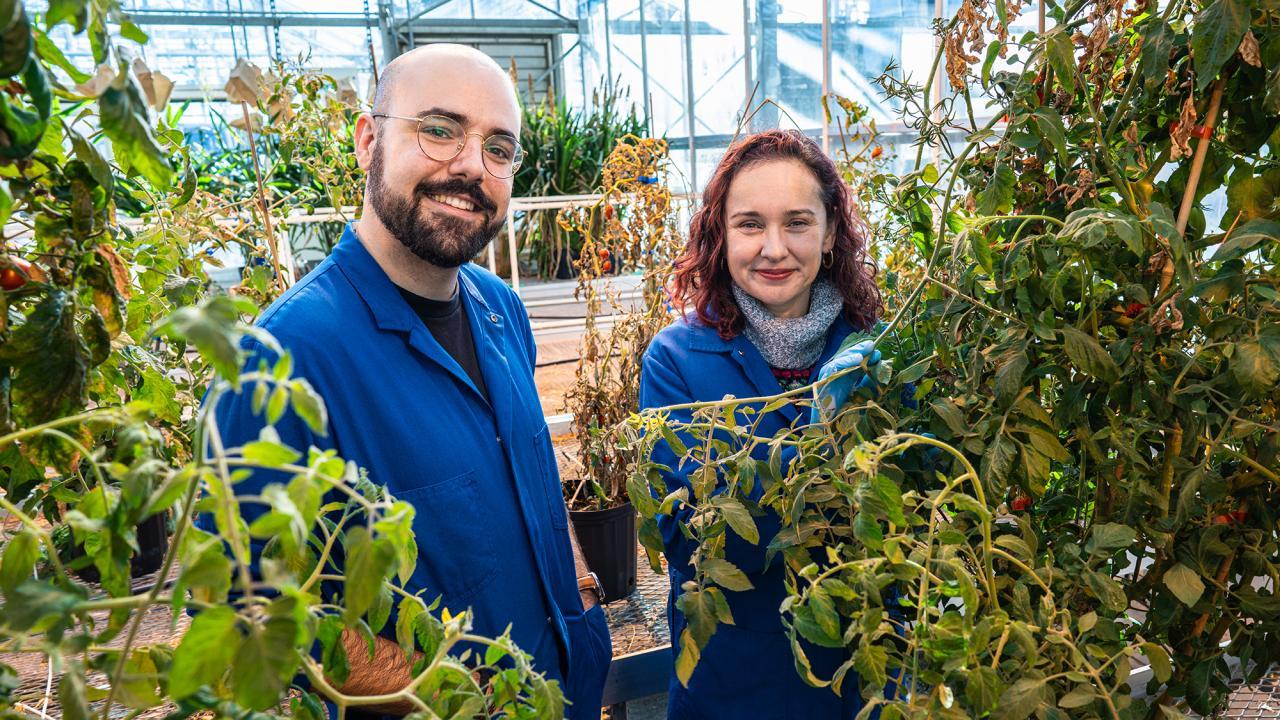
How Tomato Plants Use Their Roots to Ration Water During Drought
When water supplies are low, tomato roots produce suberin—the molecule that gives wine corks and waxy potato skins their water-repellant qualities—to control water flow
Plants have to be flexible to survive environmental changes, and the adaptive methods they deploy must often be as changeable as the shifts in climate and condition to which they adapt. To cope with drought, plant roots produce a water-repellent polymer called suberin that blocks water from flowing up towards the leaves, where it would quickly evaporate. Without suberin, the resulting water loss would be like leaving the tap running.
In some plants, suberin is produced by endodermal cells that line the vessels inside the roots. But in others, like tomatoes, suberin is produced in exodermal cells that sit just below the skin of the root.
The role of exodermal suberin has long been unknown, but a new study by researchers at the University of California, Davis, published Jan. 2 in Nature Plants shows that it serves the same function as endodermal suberin, and that without it, tomato plants are less able to cope with water stress. This information could help scientists design drought-resistant crops.
Read the full story here.
